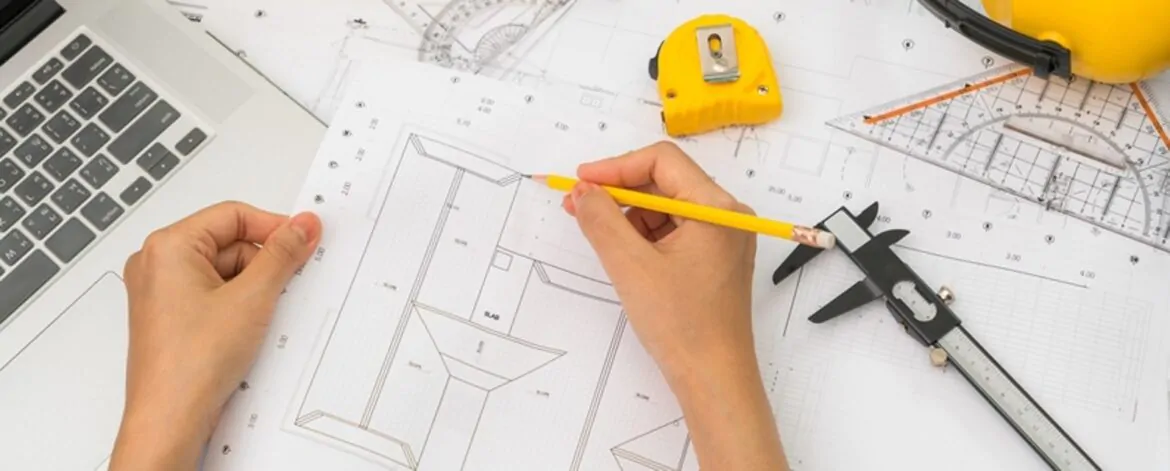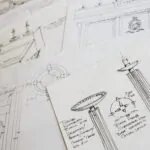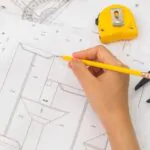In today’s rapidly changing landscape of innovation, securing patent protection for new inventions is crucial for inventors and creators. While a written description is essential, patent drawings are equally important, providing a clear visual representation of the innovation throughout the patent application process. This blog explores the significance of patent drawings, their requirements, various types, tips for creation, common mistakes to avoid, and the benefits they bring to patent applications.
Understanding the Importance of Patent Drawings
Patent drawings serve as visual aids that complement the written description of an invention, offering clarity and precision to patent examiners, attorneys, and stakeholders. They provide a detailed illustration of the invention’s structure, functionality, and unique features, enhancing the understanding of its innovative aspects.
Requirements for Patent Drawings
Patent drawings must meet specific requirements outlined by patent offices to ensure clarity, accuracy, and compliance. These requirements typically include specifications regarding size, margins, numbering, labeling, and file format. Familiarizing oneself with these guidelines is crucial for creating drawings that meet the necessary standards.
Different Types of Patent Drawings
There are several types of patent drawings, each tailored to different types of patents:
- Utility Patent Drawings: These drawings illustrate the functional aspects of an invention, such as its structure, components, and operation.
- Design Patent Drawings: Design patent drawings focus on the ornamental features of an invention, showcasing its unique visual appearance and aesthetics.
- Plant Patent Drawings: Plant patent drawings depict new plant varieties and their distinguishing characteristics, providing visual documentation of the plant’s essential features.
Tips for Creating Professional and Accurate Patent Drawings
- Start with detailed sketches: Begin the drawing process with comprehensive sketches that outline all aspects of the invention.
- Use CAD software: Computer-Aided Design (CAD) software allows for precise and professional-looking drawings, enhancing accuracy and efficiency.
- Follow patent office guidelines: Adhere to the specific requirements and guidelines set forth by the patent office to ensure compliance and avoid rejections.
- Label components clearly: Properly label all components and features of the invention to provide clarity and facilitate understanding.
Common Mistakes to Avoid in Patent Drawings
- Lack of clarity or detail
- Inconsistencies in style or format
- Neglecting to label components
- Failure to comply with patent office guidelines
Using CAD Software for Patent Drawings
CAD software offers numerous benefits for creating patent drawings, including precise measurements, scalability, and the ability to easily revise and edit drawings as needed. It streamlines the drawing process, resulting in professional-quality illustrations that meet patent office standards.
Hiring a Professional Patent Illustrator
For complex inventions or situations where precision is paramount, hiring a professional patent illustrator may be advisable. Experienced illustrators have the expertise and tools necessary to create accurate and professional drawings that enhance the patent application’s quality and success.
How Patent Drawings Enhance Patent Claims
Clear and detailed patent drawings can strengthen patent claims by providing visual evidence of the invention’s novel and inventive features. They offer additional support to the written description, helping patent examiners and reviewers understand the invention’s scope and significance.
Best Practices for Including Patent Drawings in Your Patent Application
- Ensure drawings are clear, accurate, and properly labeled
- Include drawings that cover all aspects of the invention
- Follow patent office guidelines for formatting and submission
- Review and revise drawings thoroughly before submission
Conclusion: The Power of Visual Representation in Protecting Your Inventions
In conclusion, patent drawings play a vital role in the patent application process, offering visual representation and clarity to inventions. By understanding the requirements, employing best practices, and leveraging professional expertise when needed, inventors can enhance their patent applications’ quality and increase their chances of securing valuable patent protection for their innovations. Harness the power of visual representation and protect your inventions with professional patent drawings.







